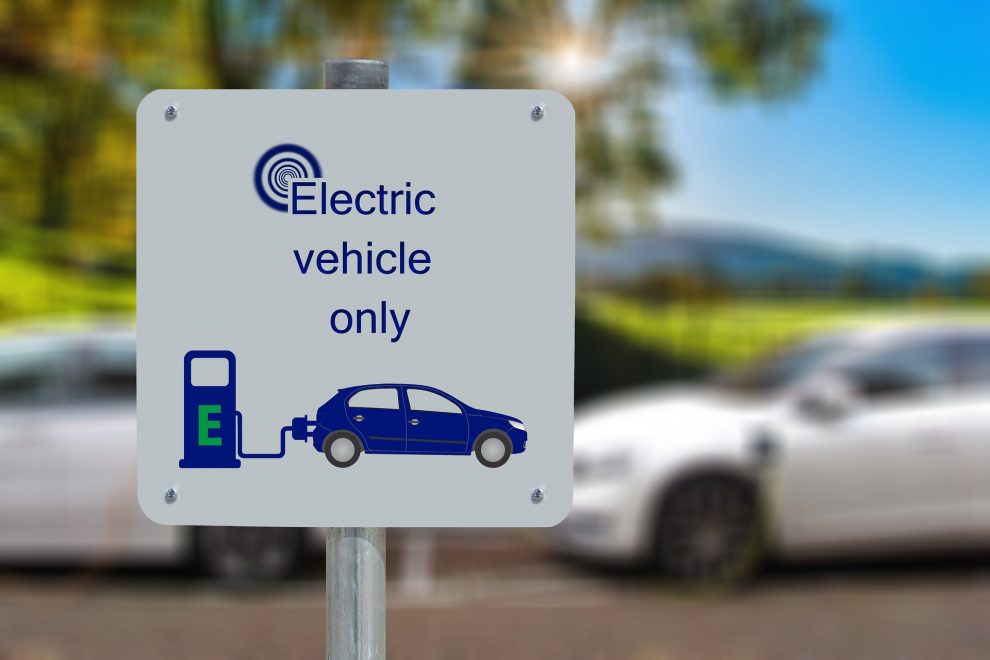Subsidies for 5,595 electric buses have been sanctioned under FAME (Faster Adoption and Manufacturing of (Hybrid &) Electric Vehicles) India 2 Scheme across 64 cities in India
Delhi has plans to deploy 25% EVs in the mix of its public transport vehicles by 2024
While the sale of electric vehicles (EVs) saw a 20% surge in fiscal 2020, India has taken important measures in introducing EVs in the mix of public transport systems. Subsidies for 5,595 electric buses have been sanctioned under FAME (Faster Adoption and Manufacturing of (Hybrid &) Electric Vehicles) India 2 Scheme across 64 cities in India. Most state nodal agencies have applied for subsidies for electric buses and have availed approval for a fixed number of e-buses to be deployed in selected cities for intra and inter-city travel.
The push for clean mobility adoption in public transport is a part of the ongoing efforts by the Indian government to reduce vehicular air pollution in the country. A recent study by an international forum has deciphered that seven out of ten of the most polluted cities in the world are located in India. The Indian capital city of New Delhi has been facing innumerable issues due to excessive air pollution and smog filled images of the roads of Delhi often make headlines owing to this issue.
State level policy changes have been inculcated by various state governments. Delhi has taken initiative by revising its Delhi Electric Vehicle (EV) policy earlier this year. The state government in Delhi has plans to deploy 25% EVs in the mix of its public transport vehicles by 2024. Also, around 70 thousand electric rickshaws ply Delhi’s roads today. The government is also taking swift measures to back up the public charging system infrastructure for all genres of EVs in the city.
Tamil Nadu (TN) and Himachal Pradesh (HP) have also drafted their EV policies and will be translating the slated measures into real time in due course. Due to the COVID-19 pandemic sweeping the globe, a lot of clean mobility have come to a temporary standstill. Karnataka, Bihar and Maharashtra are also taking initiative in this sphere and are conducting a phase wise introduction of EVs into their public transport systems, coupled with supporting charging infrastructure. FAME India policy has also made provisions and set guidelines for charging infrastructure to be set up in the country, for which the subsidies can be availed by various entities accordingly.
The uptake of EVs will be policy driven and NITI Aayog, a government think tank; have released a comprehensive plan for the same. Charging infrastructure is the most crucial element in this endeavor, and robust public charging systems (PCS) for EVs should be planned and executed in place keeping pace with the clean mobility transition. There is a huge potential for electric two-wheelers, cars and rickshaws garnering significant market share in the auto ecosystem in India by 2030.
Apart from clean mobility, the future of mobility is also shared. Shared mobility has a lot of takers owing the cost effectiveness of the service. There is also a mandate to electrify a percentage of the fleet of cab aggregators and entities like Ola and Uber are already onboard with the initiative. The deadline for cab aggregators to convert 40% of their fleets to electric is 2026.
In the recently concluded Auto Expo in the first quarter of 2020, when social distancing and worldwide pandemics were unheard of, many major automakers announced their respective EV models that were in the offing. Some even launched few EVs during the expo. Even premium brands like Audi and Volvo are introducing EV models in the Indian ecosystem. The slump in the auto industry and the BS VI (Barath Stage Six) transition are not deterrents to the EV transition, and although delayed, EVs are set to play a bigger role in the transportation ecosystem in the country this decade.














Add Comment